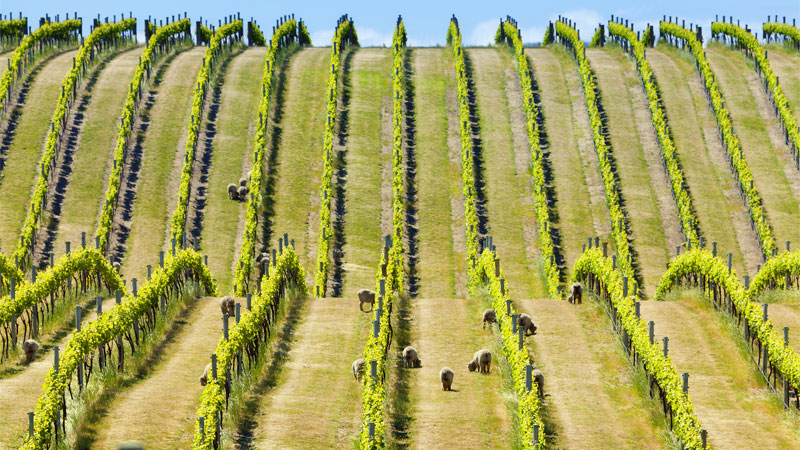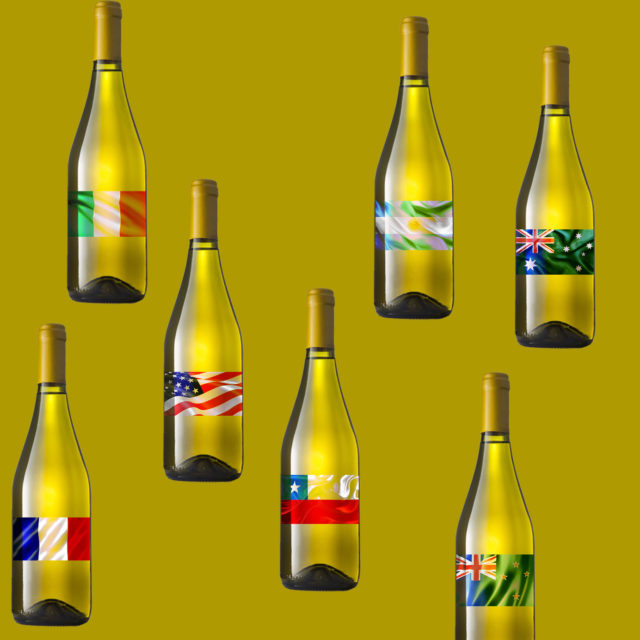“Chardonnay is one of my favorite wines to drink from any part of the world. The varietal just has so much to offer,” says Dan O’Brien, owner and winemaker at Gail Wines in Sonoma, Calif., and a former sommelier and wine director.
O’Brien is in luck, because Chardonnay also happens to be the fifth-most-planted wine grape worldwide. Winemakers produce diverse iterations of the noble grape everywhere from chilly Champagne to sunny northern New Zealand.
Chardonnays from cool-climate areas tend to be dry, with citrus, green fruit, and vegetal notes. Bottles from warmer regions are richer and can taste like everything from white peach and melon to tropical fruits and fig.
Viticultural practices are similarly varied. Aging in oak is common, and can impart toasty, vanilla flavors. Arguably the most controversial treatment of Chardonnay is malolactic fermentation, a process that softens wines’ acid and imparts rich, creamy flavors. In some Chardonnays, the results are reminiscent of movie-theater popcorn.
These big, buttery Chardonnays were enormously popular in America in the 1990s and early 2000s. For many casual wine drinkers, the very distinctive style became synonymous with the grape itself. “Because of that, it’s probably the varietal that I hear people swear off 100 percent more than any other wine,” O’Brien says. It’s a shame, he adds, because “there’s tremendous Chardonnay out there.”
The wide world of Chardonnay spans crisp blanc de blancs, racy Burgundies, and balanced Californians. Whether you’re a lifelong devotee or self-professed ABC (Anything But Chardonnay) drinker, the varietal is too versatile to ignore. Here’s VinePair’s guide to the global flavors of Chardonnay.
France
The world’s most revered Chardonnays come from Burgundy, the noncontiguous region in eastern France that also produces pricey, prestigious Pinot Noirs known simply as “Burgundy.” Here, Chardonnays go by many names because they’re labeled by geography, not by grape.
Chablis, for example, gets its moniker from its home base in the cool northwest of the region. Complex, dry Chablis wines have lots of acid, citrus, green fruit, smoke, and what industry pros call “flinty minerality” (imagine the taste of a clean slab of wet slate or stone).
Central Burgundy’s Côte d’Or has a more moderate climate, and Chardonnays are grown across its southern half, called the Côte de Beaune. These fuller-bodied wines are usually labeled by village (Meursault, Puligny-Montrachet) and often aged in small oak barrels on lees, giving them nuanced flavors of tropical fruits, oak, spice, and citrus.
The southernmost area in Burgundy for Chardonnay is the sunny Mâconnais. Its wines are light and fruity, and tend not to be aged in oak. The most famous sites are Mâcon and Pouilly-Fuissé.
Chardonnay also grows in Champagne, in the northeast of the country. Here, winemakers blend it with Pinot Noir and Pinot Meunier to make the area’s titular bubbles. Most Champagnes are dry and medium-bodied with low alcohol. Sweetness levels vary by dosage, or the amount of sugar winemakers add during vinification. The typical flavors of Champagne are yeasty citrus — buttered brioche, say, or croissants with lemon compote.
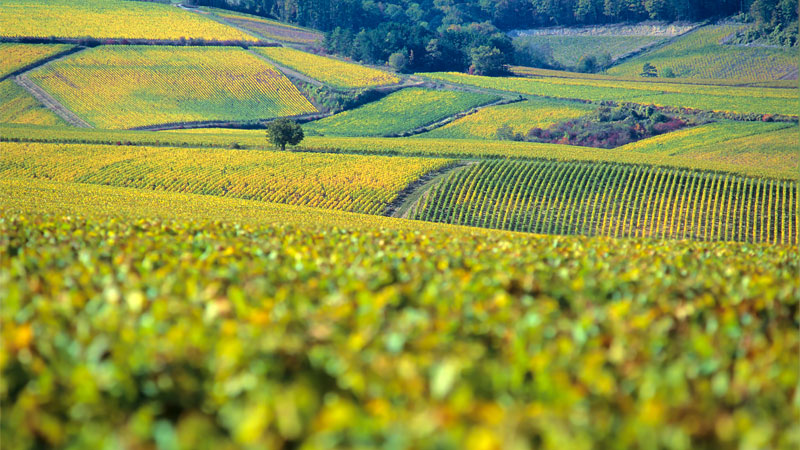
Italy
In 1984, Alto Adige became Italy’s first DOC Chardonnay region. Here, Chardonnays are medium-bodied and balanced, with notes of melon, stone fruit, and bread alongside citrusy tang. Italian Chardonnay finds its way into spumante wines in Lombardia, Friuli, and Trentino; and oakier Italian Chardonnays typically hail from Puglia. Tuscany and cooler parts of Piemonte also produce crisp, even-keeled Chardonnays.
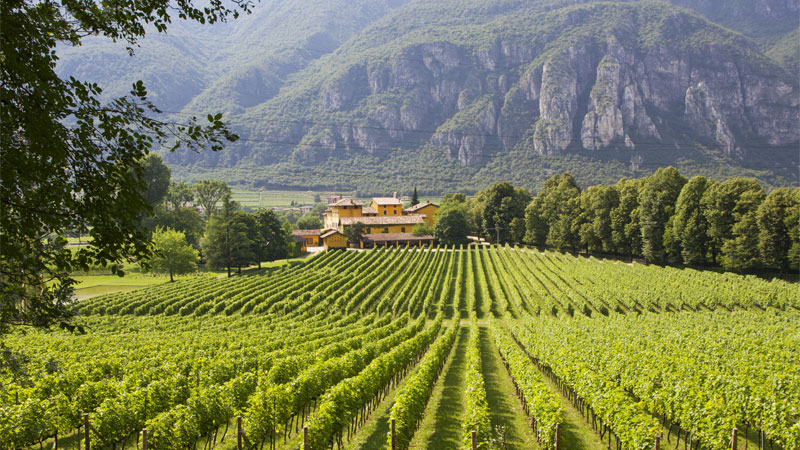
USA
Most Chardonnays in the United States hail from Northern California, specifically Sonoma, Napa, Russian River, and Carneros. Styles vary, from full-bodied butterballs with ripe tropical fruit flavors, to more recent releases of lean, Côte d’Or-style Chardonnays with savory, herbal notes.
The latter have become critical darlings. “There are some incredible Chardonnays coming out of this area,” O’Brien says of Sonoma, naming Ceritas and Lioco among his favorites.
Eric Asimov, The New York Times’s wine critic, described a recent batch of Sonoma Coast Chardonnays as having “great promise,” and noted that “the region remains difficult for consumers to grasp, partly because it is geographically unwieldy, encompassing a stretch not just along the Pacific coastline but also extending far inland, bringing together wildly different vineyard areas.
“The jumble of regions means that racy wines from the coast and richer, fruitier wines from inland may wear the same appellation,” Asimov added.
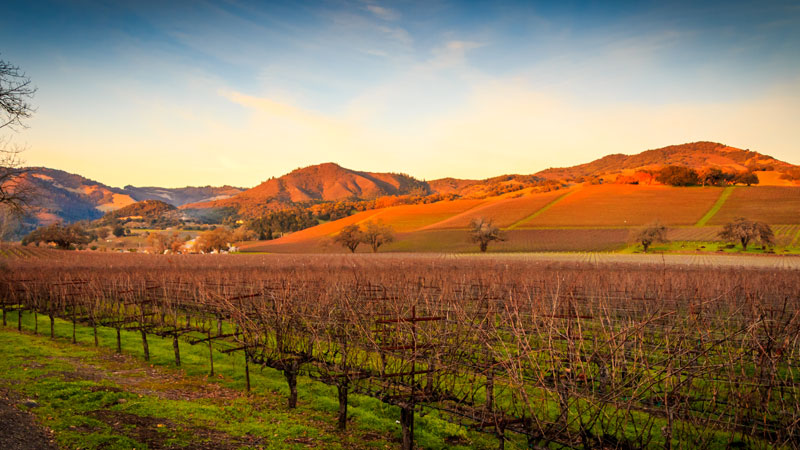
Chile
Chardonnays from Chile include remarkably affordable premium wines as well as everyday sippers for $13 and less. Chilean Chardonnays often have melon and banana notes similar to many Californian versions, plus acidity from the wine regions’ cool Pacific breezes. Many Chilean Chardonnays are aged in oak, giving them toasty flavors and creamy finishes.
Winemakers produce quality iterations in the Central, Leyda, and Casablanca Valleys. “Limari Valley Chardonnay features great acidity and mineral quality, combining an Old World earthiness with New World fruit — literally the best of both worlds,” Dave McIntyre wrote in a Washington Post story titled, “Chilean valleys filled with worthy Chardonnay.”
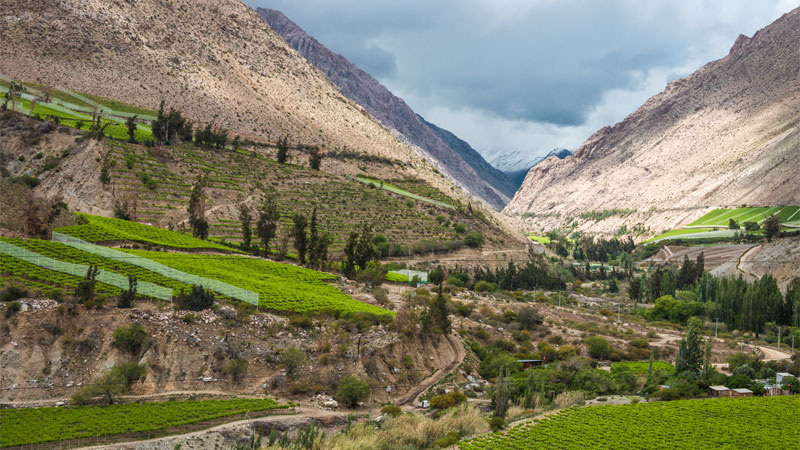
Argentina
Many Americans associate Mendoza with Malbec, but Argentina’s high-elevation wine region also produces rich Chardonnays with tropical fruit and citrus flavors. The cooler climate provides balanced acidity, and many winemakers age their Chardonnays in oak, giving them spicy notes.
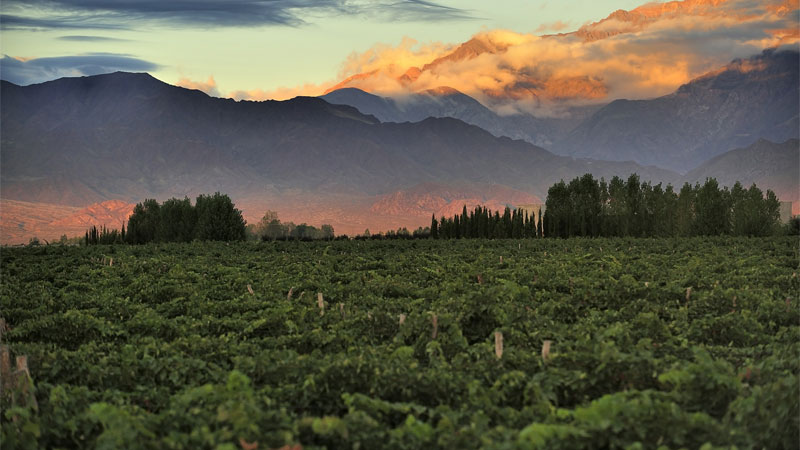
Australia
Historically, Australian Chardonnays were known for big, fruity, and creamy flavors, thanks to ample oak aging and sunny vineyard sites.
In recent years, however, many Australian winemakers started producing quality Chardonnays in cooler-climate regions like Yarra Valley, Adelaide Hills, and Mornington Peninsula, as well as the moderate Margaret River. These regions are now “beacons of consistency” for crisp, balanced, Chablis-style Chardonnays, according to Decanter’s Sarah Ahmed. Tasmanian Chardonnays are also widely available and feature fruitier flavors balanced with citrus.
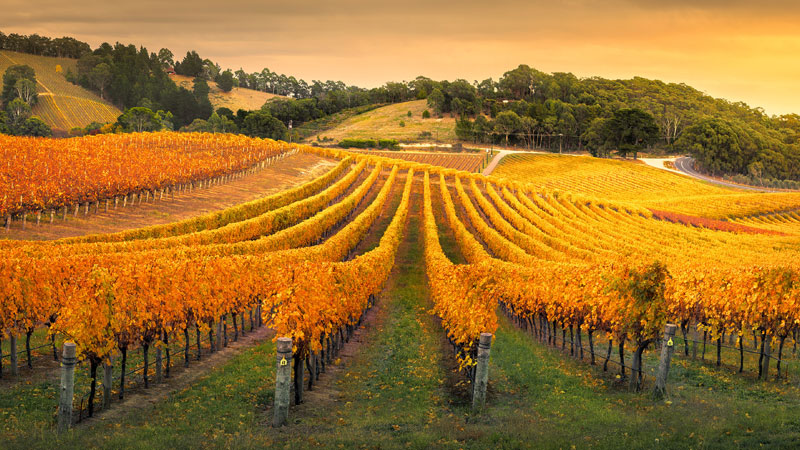
New Zealand
Sauvignon Blanc reportedly comprises 72 percent of New Zealand’s wine industry, but winemakers from Nelson and Hawke’s Bay in the north, to Marlborough and Central Otaga in the south, are also making diverse styles of Chardonnay. In the northern regions, lots of sunlight and warmer temperatures mean fruity, fuller-bodied wines. Cooler temperatures in Marlborough produce leaner, more acidic wines.
